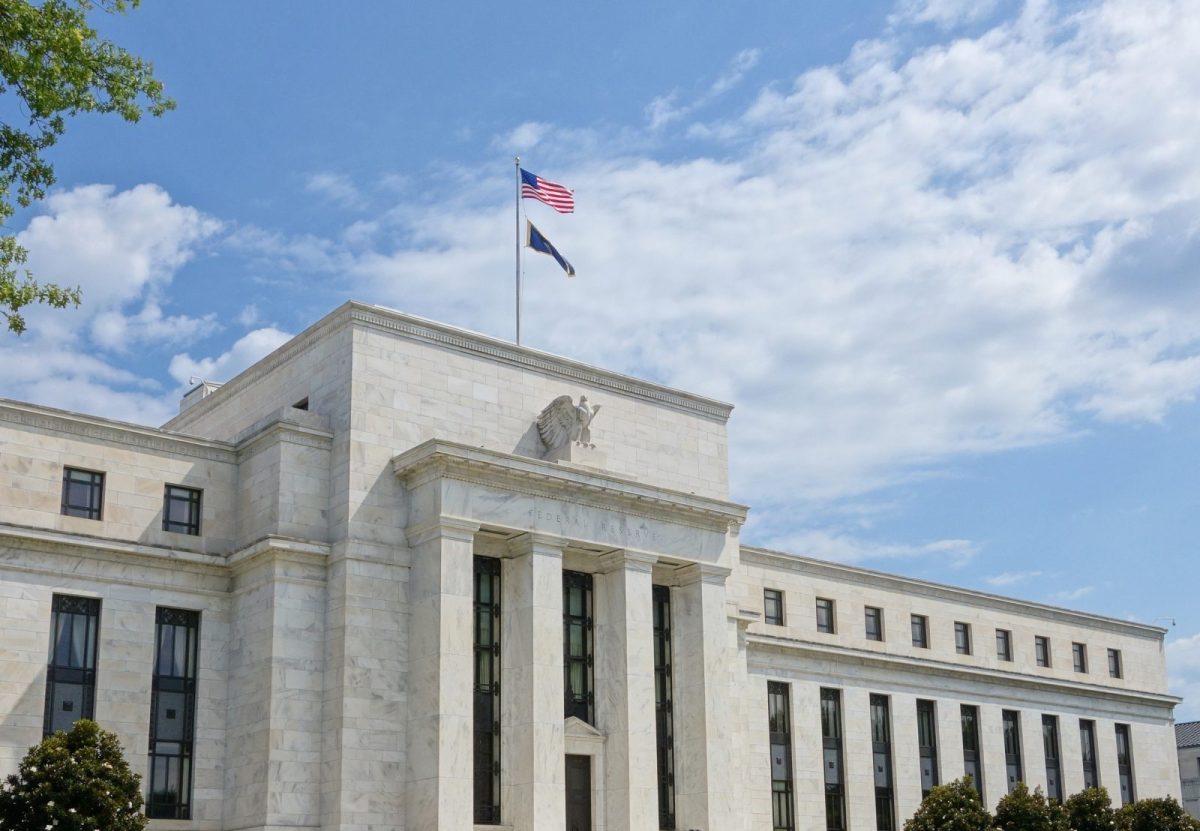Consumers, companies and financial markets are bound to see borrowing costs rise as the US Federal Reserve gets ready to raise rates after two years of loose policy meant to support the US economy during the pandemic.
At the conclusion of its policy meeting this week, Fed chair Jay Powell opened the door to raising rates in March, and most analysts expect a total of three rises this year alone.
But the world’s largest economy is showing signs of tighter lending conditions even before the Fed has acted. Rates on 30-year fixed mortgages have jumped, from 2.77% in August to 3.56% on average, according to refinancing giant Freddie Mac.
“Borrowers feel that pain, much more so than looking at a broader context where 3.5% was a record low prior to the pandemic,” said Greg McBride, chief financial analyst at Bankrate.com.
Corporations have also taken note, with JPMorgan Chase CFO Jeremy Barnum saying in a recent earning call, “Obviously, with higher rates, we expect things to be weaker next year” for mortgage volume.
On Wall Street, “a recalibration” is at work for “some of the most speculative parts of the market,” according to Zachary Hill, strategist at Horizon Investments.
Taking Steam Out of Markets
Since March 2020, individuals and institutional investors alike have aggressively bought and traded risky assets to take advantage of almost unlimited access to capital.
The Fed’s moves to both raise rates and end its stimulus programme of purchasing bonds and securities could take some of the steam out of markets, although some analysts advised caution.
“Investors should dismiss the notion that the market always goes down when the Fed tightens,” Darrell Spence, Economist at Capital Group, said. “That is not true. When you look back historically, there is no consistent pattern to the level of the market when the Fed is tightening.”
But stocks have reacted negatively, with pandemic darlings such as trading platform Robinhood down 85% from early August, and at-home fitness company Peloton 84% lower over the 12 months to January.
“Meme stocks” that saw surges fuelled by social media interest are also experiencing a hangover, with video game store GameStop down 59% and cinema chain AMC 78% below its high in June.
Cryptocurrencies, another poster child for speculative assets, have seen a severe correction over the last two months. Bitcoin is down nearly 30% and ethereum has lost more than 40%.
“Crypto assets are highly sensitive to the fortunes of the stock market and have been propelled higher in this era of ultra-cheap money, so it’s no surprise they have been hit with a severe case of the jitters as policy makers ponder their next move,” wrote Susannah Streeter, an analyst at Hargreaves Lansdown.
US Government Drawn In
At the opposite end of the risk spectrum, the US government has also been drawn to the mix, offering 1.72% on a recent 10-year Treasury note auction, versus 1.33% in September.
Credit conditions are already tightening for corporations, through bonds and loans. “Markets have been quite addicted to zero interest rates and basically zero borrowing costs,” said Kim Rupert, managing director at Action Economics.
However, she predicted demand will remain strong for the debt of companies with strong finances, which “will limit any real increase” in corporate bonds’ yields.
After a record 2021, IPOs as well as mergers and acquisitions could be “a little bit more of a dicey proposition” until mid-2022, when the Fed will have provided a clearer picture of its time frame to normalisation.
Although credit and funding conditions are expected to remain highly favourable in historic standards, economists warn that a miscalibrated tightening could trigger a US economic slowdown.
- AFP, with additional editing by George Russell
























